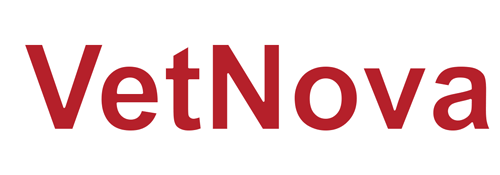“Well, my dog is just getting old, that’s why he is slow and gimpy.”
“I finally got my cat to stop jumping on the counter, she is not interested anymore.”
How many times have you heard similar statements from clients? And you want to scream, “No, that is not normal. We can help you and your pet!”
Fortunately, for us and your clients, there are so many possible pharmaceutical treatments, dietary supplements, and physical rehabilitation options for animals with mobility limitations. No animal has to live in pain and your clients can rest assured that your veterinary team will do everything possible to make sure their animals are as comfortable and mobile as possible.
To keep clients motivated and committed to your multi-modal pain management plan, consider using the Cincinnati Orthopedic Disability Index in which the client indicates what bothers them about their pet’s mobility or lack thereof.
The patient specific part asks, “What specific activities have become troublesome to you or your pet?” And then the client rates that activity as follows:
0. No problem
1. A little
2. Quite a bit
3. Severe
4. Impossible
Activities for dogs could be getting in or out of a car, going up or down steps, chasing a ball, or even squatting to defecate. Activities for cats could be jumping on the cat tree, getting down from a chair, and especially getting in and out of the litter box. Then at each progress examination, ask your client to complete the exact same questionnaire with the activities they previously described.
Sometimes clients need to consider what they would do if they could not get up and down stairs or could not take long walks anymore. Then help them think of little changes they can make for their dog, such as:
- Install a little ramp out the door.
- Place small soft steps by the bed or couch.
- Take shorter but more frequent walks.
And how can they help their cat?
- Get a cat tower with gradual inclines.
- Place a box with the opening on its side for play.
- Keep low sided litter boxes in easily accessible places.
With multi-modal pain management, appropriate exercise, and environmental changes, you can help your patents be safe, mobile, and healthy. And you can help alleviate your clients’ worries about what their dog cannot do or what their cat does not do anymore. Instead of focusing on the pet’s disabilities, take every opportunity to celebrate with your clients their pet’s abilities.

